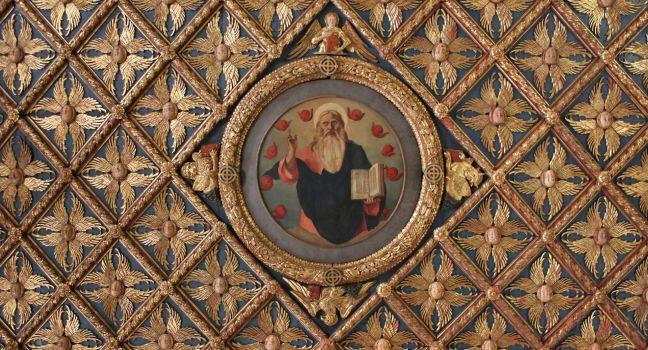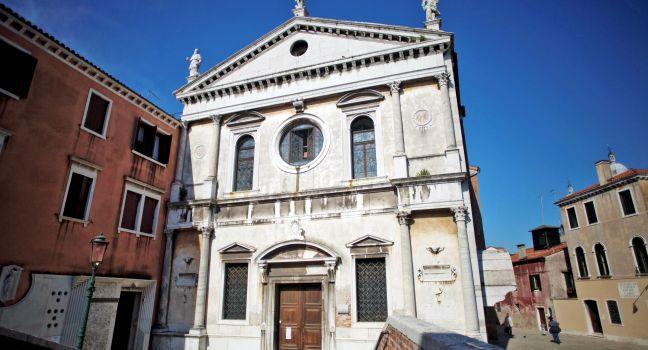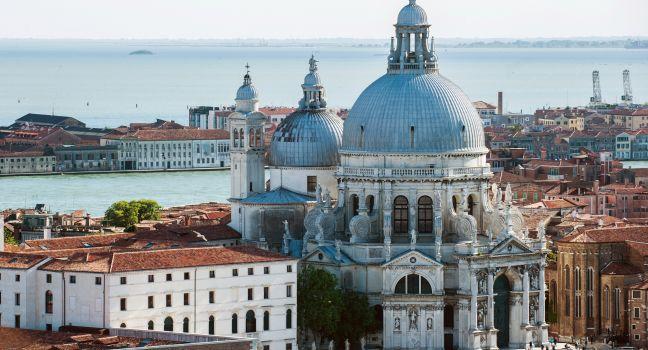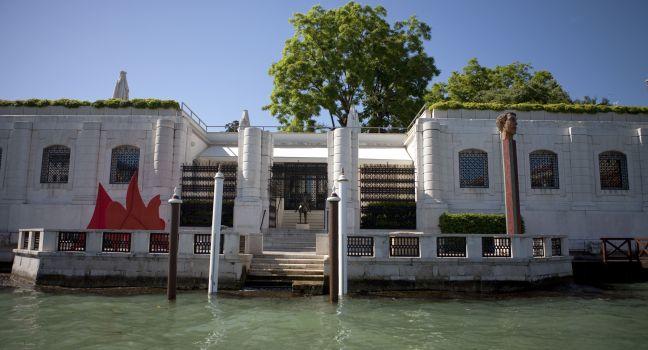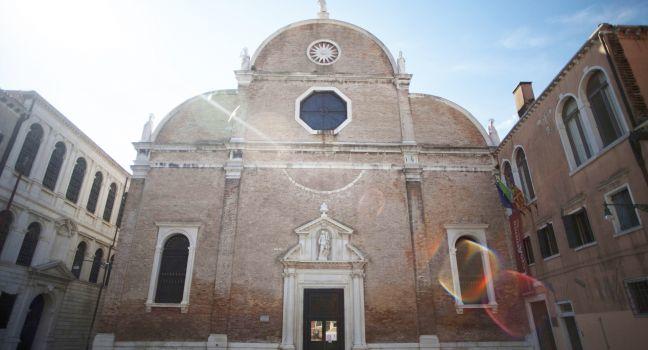Ca' Rezzonico
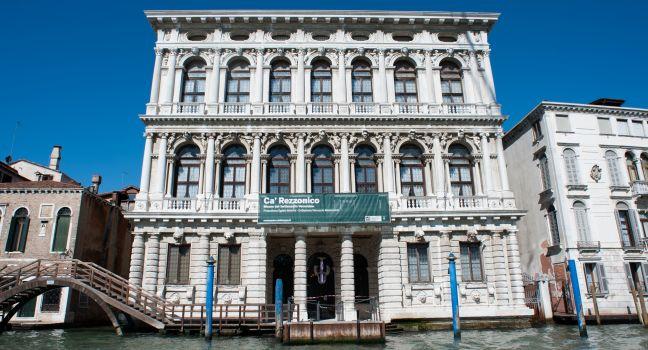
Designed by Baldassare Longhena in the 17th century, this gigantic palace was completed nearly 100 years later by Giorgio Massari and became the last home of English poet Robert Browning (1812–89). Stand on the bridge by the Grand Canal entrance to spot the plaque with Browning's poetic excerpt, "Open my heart and you will see graved inside of it, Italy…," on the left side of the palace. The spectacular centerpiece is the eye-popping Grand Ballroom, which has hosted some of the grandest parties in the city's history, from its 18th-century heyday to the 1969 Bal Fantastica (a Save Venice charity event that attracted every notable of the day, from Elizabeth Taylor to Aristotle Onassis).
Today the upper floors of the Ca' Rezzonico are home to the especially delightful Museo del Settecento (Museum of Venice in the 1700s). Its main floor successfully retains the appearance of a magnificent Venetian palazzo, decorated with period furniture and tapestries in gilded salons, as well as Gianbattista Tiepolo ceiling frescoes and oil paintings. Upper floors contain a fine collection of paintings by 18th-century Venetian artists, including the famous Pulcinella frescoes by Tiepolo's son, Giandomenico, moved here from the Villa di Zianigo. There's even a restored apothecary, complete with powders and potions.
